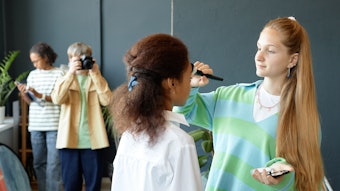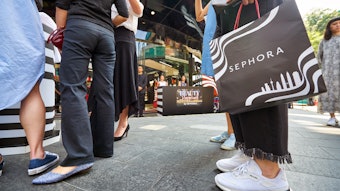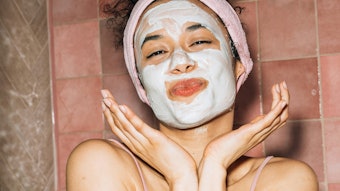
Over the past few years, we’ve seen major changes in the skin care and beauty industry, especially with the global dominance of TikTok and other social media platforms. In light of the new year, beauty experts should pause to reflect on 2022 and set new goals for 2023. By looking both backward and forward, you will find the information you need to create a road map for the future.
Wondering where to start? Find product gaps and fill them.
Gaps in the Industry
While it might seem like the beauty industry is already oversaturated with new skin care ingredients and makeup trends, the fact is there are still gaps in the market for enterprising companies who can find new ways to address consumer beauty and personal care challenges.
We have seen this with the premiumization of baby and pet care—more people wanting natural and synthetic-free ingredients for their babies and pets. We have also seen the rise in demand for functional fragrance amongst wellness consumers. The Nue Co. is a brand that is stepping into this white space to deliver skin care products that are said to boost mood, immunity and focus, among others.
There are many more gaps—such as the use of psychographics over demographics and blockchain-inspired transparency—but the big question is, how can you find gaps in your target marketplace? The solution: whitespace mapping, which is a way of assessing the holes in your product assortment and the marketplace you serve so you can stay competitive and create products no one else is.
Here’s how it works.
1. Start with the Basics
As much as it might seem like a cliche, sitting down with your team for a brainstorming session is one of the best ways to innovate. Review current challenges to the brand, assess your products and analyze the company portfolio to find gaps. Schedule these whitespace mapping sessions biannually (at least); you may be surprised at the variety of ideas that emerge from this process.
2. Take a Step Back
The beauty industry might seem like a monolith, but the truth is many new trends can overlap in the makeup and skin care world. Take a step back from your brand and direct competition and see what other industries might spark a new idea. Rather than simply looking at what other beauty brands are working on, consider the different realms as they relate to the beauty industry: culinary, natural health, biotech, medicine and even artificial intelligence.
Are there any exciting applications for techniques and ingredients from these industries? What impact will these new trends and movements have on beauty and personal care?
3. Grab Your Crystal Ball
Innovation and development often stem from anticipatory problem-solving. Are you trying to expand your target audience and build your customer base? Then consider how you can offer products to consumers that they’re not even aware they need yet.
What is happening in the world of global affairs and market trends that will influence the needs of tomorrow’s consumers? By predicting customer needs, brands can eliminate choices and engage consumers on a deeper level.
4. Create Space Outside the Box
Skin care isn’t just a fancy bottle and a clever name anymore, and makeup is more than a must-have color. Brands need to think outside of the traditional boxes of color cosmetics and lightly fragranced serums and consider how the wellness movement has altered the beauty industry.
Consumers engage with brands that share their same values about climate action and political activism. Likewise, a creative social media campaign can make or break a young startup.
How can your brand disrupt the industry by introducing new formats and solutions?
5. Place Your Bet
There’s no time to be wishy-washy in the fast-moving markets of self-care and beauty. Take a look at what’s working around the market, decide on your brand’s future and commit.
Don’t be afraid to take a risk with a brand-new product line or a bold advertising campaign. A great leader utilizes their team's skills to develop ways to set them apart from the competition.
One of the most surprising facts from 2022 is that despite the economic downturn and rising inflation, consumers spent more money on beauty products than ever before. That’s right, affordable purchases and the occasional splurge are all on the rise: spending on makeup alone increased by 20% in the first half of 2022.
By analyzing openings within the market and being proactive in their whitespace maps, brands can expand not only the beauty market, but the minds of their consumers.
Becca Anderson, director of product development and education, leads the Cosmetic Solutions team in discovering product innovation and development, superior textures, formats and best-in-class formulations and ingredient stories that speak to industry trends and movements.










